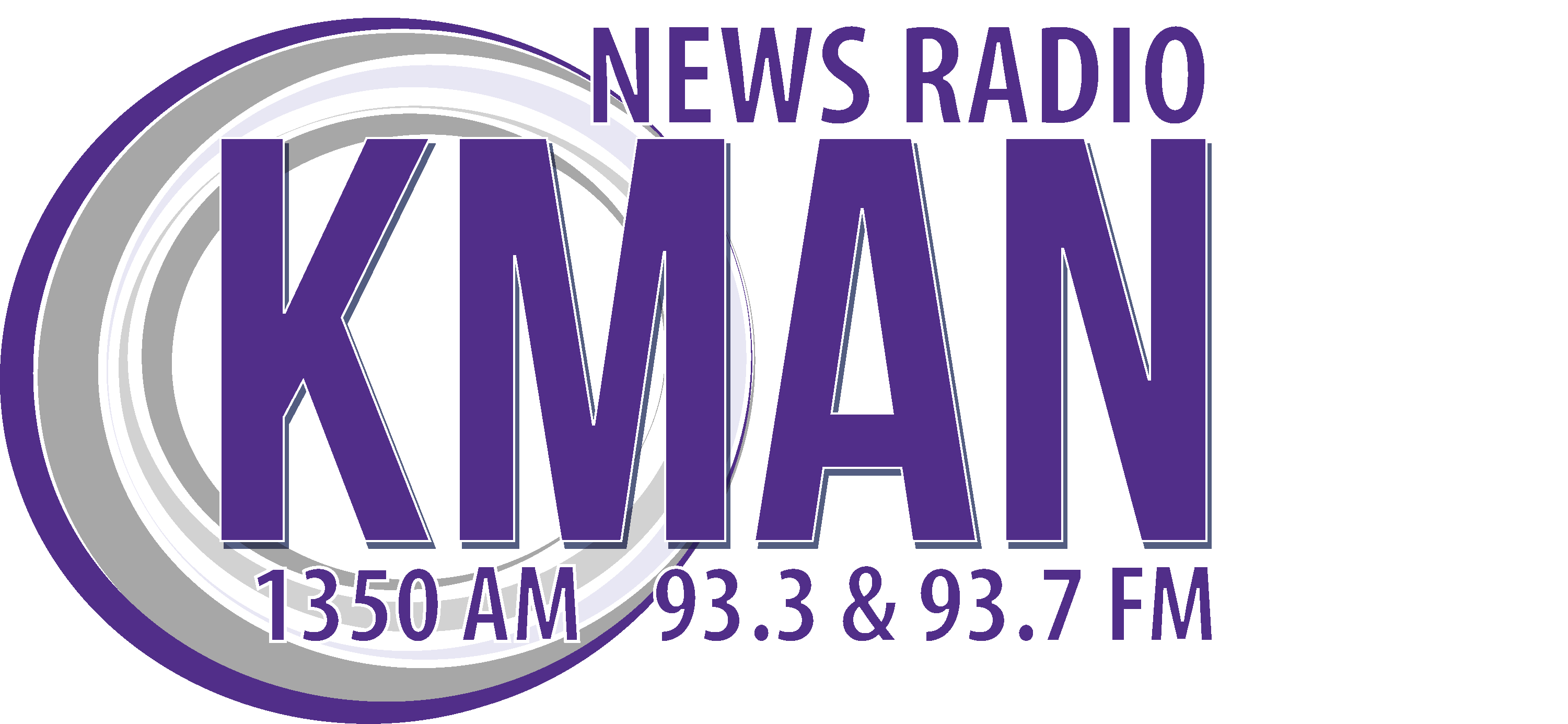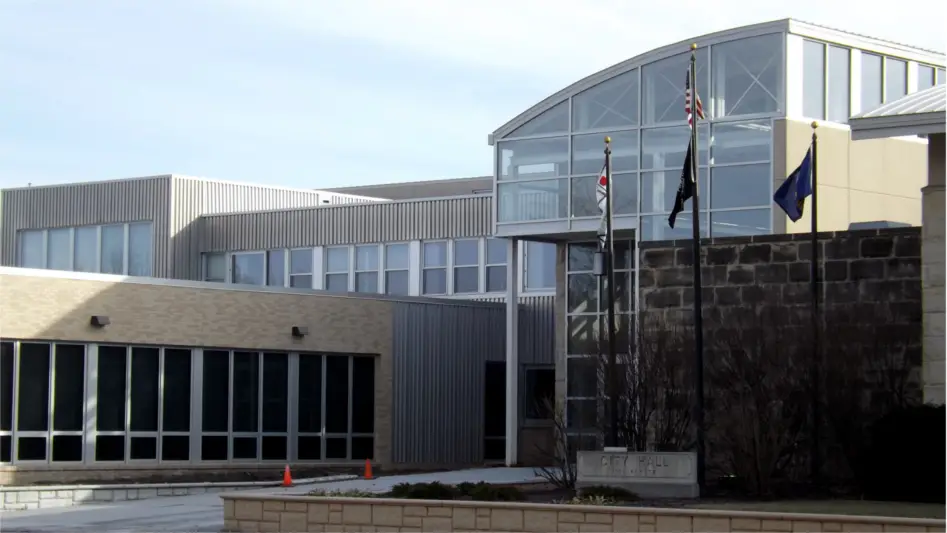Manhattan could see big program cuts in 2021 depending on the extent of COVID-19’s economic impact.
The city is facing a possible $2.7 million general fund gap in the next fiscal year. City Commissioners Tuesday discussed a mix of cuts, fund transfers and fee increases to help fill the hole, but remained opposed to increasing the mill levy.
“I think a lot of people have been impacted,” says Mayor Usha Reddi. “A lot of them can’t handle another increase in property taxes, especially if it’s for businesses.”
At the low end, administrative officials are planning for a 5 percent or $1.5 million hit to anticipated revenues — though the exact amount is dependent on the rate of business recovery, students returning and whether the region sees future coronavirus-prompted stay-at-home orders.
That compounds an additional $1.2 million in expenses in ’21 that officials say would pay for a city strategic plan ($120K), the year’s 27th pay period ($680K in the general fund), hiring new recreation center staff and to improve staffing in support departments such as finance or human resources (all additional personnel costs adding up to $450K).
“Our finance department is fractured,” says Deputy City Manager Jason Hilgers. “We’re not broke, we’re just fractured by way of staffing, overworked and just stressed right now.”
“I will be blunt with you this evening, we have people doing two if not three jobs currently. They are working tirelessly, they are consistently sending us emails at midnight and at 2 a.m. They cannot keep up with the demand.”
Hilgers says HR hasn’t grown in 15 years amid major industry changes and additional duties. Finance also has two vacancies and a city contractor, AGH Employer Solutions, further recommended an additional four hires in that department based on the size of the organization and the department’s responsibilities. Finance has struggled to keep up with annual audits, coming back late for fiscal year ’17 and ’18.
Hilgers says those factors along with dated and clunky finance software (estimated at $2 million to replace), flat revenue leading to absorbed costs, internal cuts, halted hires, low cash balances as well as delayed maintenance and upgrades have all contributed to growing strain on the organization. He also says bond rating agencies are beginning to note the city’s struggles, which could impact the city’s interest rates and ability to sell bonds.
“We’re looking for sustainable approaches moving forward,” says Hilgers. “We have a lot of things that keep getting pushed off to tomorrow [that]we feel like needs to be addressed today.”
Mayor Pro Tem Wynn Butler and other commissioners, though, questioned the city’s ability to bring in additional staff over what is currently budgeted at this time.
“I’m all for filling the vacancies,” says Butler. “I’m not so sure I would add any new positions. I think you gotta just hold the line on the new positions.”
In order to make the figures work for next year, officials presented commissioners with multiple approaches to fill the funding gap. Generally, they highlighted some percentage split of transfers from Economic Development, utility or other funds as well as increased user-fees and general personnel and program cuts.
Parks and Recreation programs have regularly been brought up as potential places to cut due to their relatively large budget ($9.45 million) which the city subsidizes by nearly $7 million every year. The problem there, Hilgers says, is program cuts will also cut revenue streams.
“You could eliminate some facilities entirely, close them down completely, and only save $400,000,” says Hilgers, saying P&R has four examples of that. “And when you need $2.7 million, all the 400 thousands could come off the board and you’d still need to make cuts.”
“The types of cuts that we’re talking about will impact a lot of services that are provided in the community and have been for a long time.”
Commissioner Linda Morse also raised the possibility of increased user fees for Parks and Rec. services, something Butler says he’s heard public support for in order to keep things like the city’s pools afloat.
“Not that I want to,” says Morse. “I love having $2 swim nights, but some things just aren’t practical in this day and age. That has to be on the table.”
She also discussed slowing on city projects, though Hilgers says the budget impact of stalling a current project won’t be realized for multiple years when debt service payments become due.
Officials have looked at Lawrence’s strategic plan model to help place cuts. Hilgers says the intent is to gather community input and highlight which city services are essential and which are discretionary, allowing Manhattan to target its cuts toward the discretionary in tough fiscal times.
“Across the board [cuts]is […] a little bit of a lazy way,” says Commissioner Aaron Estabrook, who supported an even split between cuts and fund transfers. “I feel like we can do it more targeted and find that waste and empower people to take control of their budgets.”
Butler reiterated opposition to hiring a consultant for the plan, saying the job could be done better by those working within the city, though was open to hiring one for community outreach in the plan’s formulation. He also supported fund transfers, so long as utility and street dollars are left untouched.
“We get no gain by taking that money,” says Butler. “What happens is that contributes to your point about delaying maintenance and improvement. Let’s keep that money that we’re collecting in the enterprise fund and use it to fix the issues we have with storm water and sewer and all those various things.”
He further proposed outsourcing certain city services to private organizations, asking for reductions to the library budget and reducing funding to some outside social service agencies. Reddi, though, didn’t want to commit to that noting that Riley County is anticipating some funding to come down through the state’s economic recovery taskforce.
“That discussion is still on the table,” says Reddi. “There is some funds available now for us to at least thinking about funding some of those sources — especially things such as the Manhattan Emergency Shelter.”
Butler called that plan “excellent” if legal. Reddi also proposed using federal coronavirus relief funds for needed hires, but Hilgers was skeptical about the approach as the funding won’t be in place next year.
Commissioner Mark Hatesohl didn’t like the idea of transfers, calling it a “cop out” at the state level, but facing that ’21 gap he and others discussed using economic development funds to help, noting the fund currently has $4 million.
“If two thirds of it could go to property tax reduction and debt reduction, that seems logical,” says Hatesohl. “We don’t want to eat all of our seed wheat, but there just doesn’t seem like there’s been much harvesting going on of new and greater business.”
Commissioners also discussed the possibility of replacing the current half cent economic development sales tax — expiring in ’22 — with one that would capture revenue on the Pottawatomie County side of Manhattan. City officials estimate they take in $3 million per year from the tax, which would double if Pottawatomie County were included.
“What’s interesting there is, which businesses did well during this COVID?” says Butler, who also proposed prioritizing the funds more toward infrastructure and property tax/debt reduction than funding businesses. “They’re sitting over there on the Pott. County side.”
If passed, the tax rate overall would not increase outside of Pottawatomie County. Manhattan is eyeing a .4 percent sales tax to replace the .5 percent current one in order to leave room for the county to implement a .1 percent road and bridges tax for itself. Riley County, though, has previously opposed Manhattan bringing a question to the ballot independently.
Manhattan City Commissioners will return to in-person meetings in July.
Officials Tuesday discussed the possibility of returning to in-person as soon as the commission’s next meeting on June 16th, having moved online and made other emergency procedure changes due to COVID-19 in March.
But multiple commissioners including Mayor Reddi opted to instead let Resolution No. 033120-A, which moved meetings online, expire as planned on June 30th.


